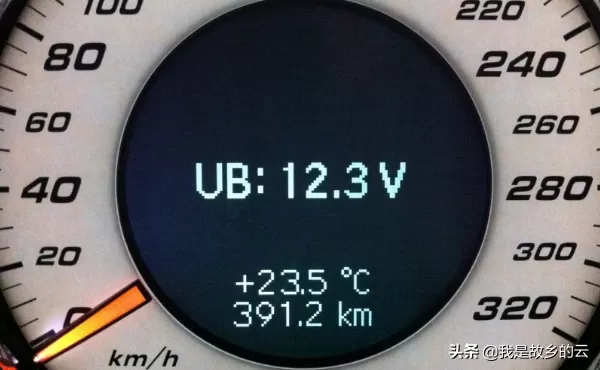Many drivers have experienced the inconvenience of a car battery losing charge, leading to an inability to start the vehicle. This raises the question: why don’t cars have a battery level indicator similar to that of mobile phones to alert drivers? The answer lies in the complexity and limited necessity of such a feature.
Battery Level Display Technology

Some cars come with a voltmeter that shows the voltage level, but this only indicates voltage and does not accurately reflect the remaining battery charge. Voltage and battery level are not the same, even though they are related. Voltage alone cannot precisely indicate the remaining battery capacity.
Accurately displaying remaining battery life is not straightforward. For instance, some mobile phones drop quickly from 20% charge, becoming almost unusable in minutes, while others maintain a stable consumption rate even below 5%. This disparity highlights the varying methods and accuracy in calculating battery life, illustrating the difficulty in achieving precise measurements.
For automotive lead-acid batteries, there are two primary ways to gauge remaining capacity accurately:
1. Measuring the pH value and ion density of the electrolyte, which accurately reflects the battery’s remaining capacity.
2. Continuously monitoring the charge and discharge current, similar to how a warehouse manager tracks inventory—knowing the battery's capacity and monitoring the amount of charge going in and out to calculate the remaining charge accurately.
However, car batteries are sealed, and various factors such as vibrations, intermittent engine starts, different discharge demands while driving, and frequent charging from the alternator complicate the calculation of remaining battery life. Thus, the technical requirements for calculating the remaining capacity of a car battery are quite high.
Lack of Necessity
Car batteries primarily serve as an auxiliary power source and do not need to perform many functions once the engine is running. After the engine starts, there is minimal demand on the battery, meaning it doesn’t need to provide power for extended periods. Therefore, monitoring its remaining charge is generally unnecessary.
Adding such a feature would incur additional costs without significant practical benefits. This is why it’s not implemented. Even for electric cars, inaccuracies in battery level indicators can still leave drivers stranded.
In everyday use, to avoid over-discharging the battery, one should:
- Avoid installing high-power consuming devices.
- Minimize frequent short trips.
- Conserve battery usage by turning off unnecessary lights and functions.
- Limit the use of car accessories when the engine is off, such as interior lights, parking recording features of dashcams, and car door lights.
- Avoid leaving the car key in the ON position or using the radio and charging devices when the engine is off.
If a car is to be left unused for an extended period, consider using a small charger to maintain the battery. Lead-acid batteries deteriorate when left in a discharged state. Proper care can significantly extend a battery's life, explaining why some people’s batteries last only 1-2 years, while others last 5-6 years.





